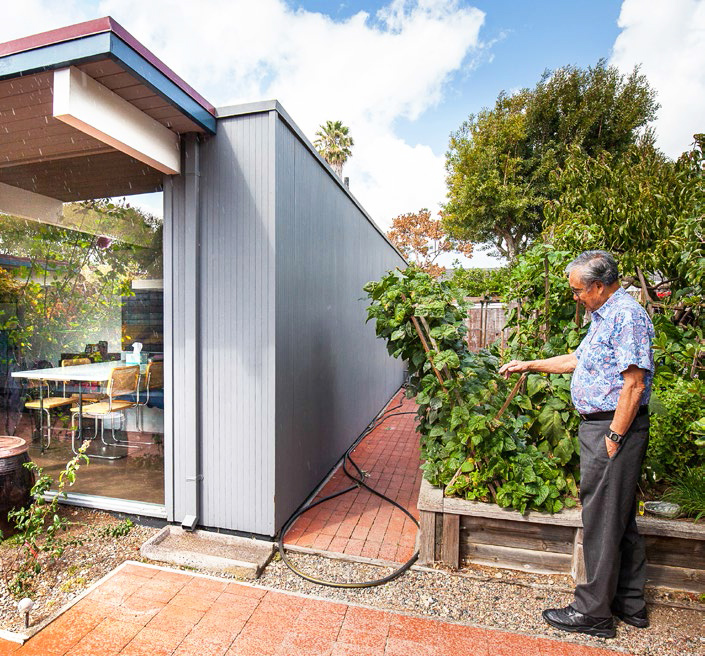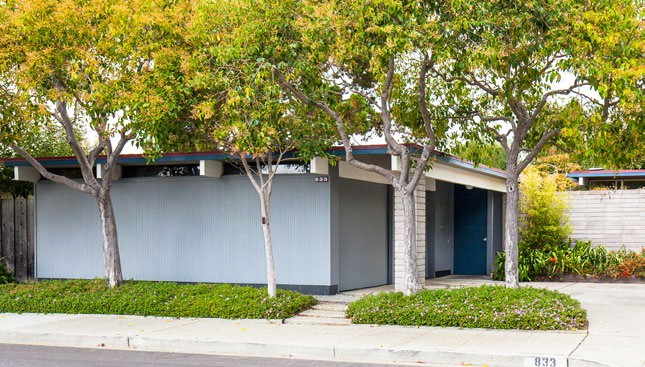Forgotten by the Bay - Page 5
 |
|
|
 |
|
|
 |
|
|
"People who moved here in 1968 were young couples like ourselves," Dorothy Matsuo says. "It was small enough that you knew everyone. We only had one car. So we would often go into each other's homes. We would see each other at church. We'd shop in the neighborhood."
Over the years, Sennett says, "Many of the houses had non-Eichler updates. Some of my clients are going in and redoing the whole thing back to the Eichler look. The newer people who are buying are more Eichler aficionados than the people who went there in the early '90s."
Foster City has a fair number of second stories added to Eichlers, and a few other outlandish conversions. There was a flurry of talk about efforts to preserve Eichlers back in 2007, when one home went up a story.
But nothing really has come of it, and there is no organized Eichler preservation movement.
"In Foster City any exterior change is subject to review by the city," says consultant planner Leslie Carmichael. "We do reviews to Eichlers with an eye to keeping it consistent to the original Eichler style."
Issues affecting Eichler remodels come up regularly, she says. "We may say, 'No that is not in keeping with Eichler style.'"
Rachel and Paul Cross, artists who design video games, live in an atrium model that retains its original mahogany paneling and a kitchen that is largely original.
They do plan to remodel the kitchen, "but we want to keep the original look," Rachel says. "We want to keep it the way it is. We love it. We want to make it functional. It's got a lot of character."
They have already restored the original color of their front door (teal), and plan to remove their carpet to bring back Eichler-style cork flooring.
Another fan of the original look is Nelson Au, an industrial designer who grew up in the neighborhood, but not in an Eichler, and has owned his vintage 1968 Eichler since 1993.
"A few things had happened [to the house], and I have been undoing them," Au says. He removed some interior doors that had been added and that broke the free flow of the interior.
Au himself made one change, remodeling the bathroom. "I kind of regret doing that now. It was all original tile."
Now he's wondering what to do about his original kitchen. "The cabinets are in good shape. I would like to modernize it…It's an eternal struggle. I could rebuild it using modern material."
He's also got something original in his garage—a 1967 Mustang bought by his dad when it and the neighborhood were new.
"It goes with the house," Au says.
• The Eichlers of Foster City are found scattered and in small groupings in three distinct neighborhoods. One, near San Francisco Bay, features Eichlers on Beach Park Blvd. and several streets named for birds including Sanderling St., Crane Ave., and Egret St. Another grouping of Eichlers are found on drives named for famous ships: Lurline, Constitution, and Matsonia, and nearby streets. Later Eichler homes can be found near Ketch Park on the nautically named Schooner and Barkentine streets, and on Yawl and Mainsail courts.
Photography: Sabrina Huang; and courtesy Matsuo family




